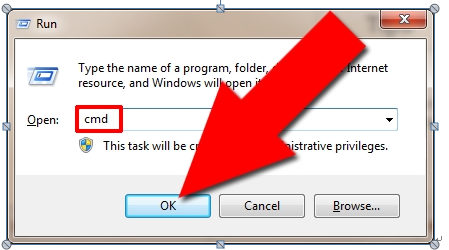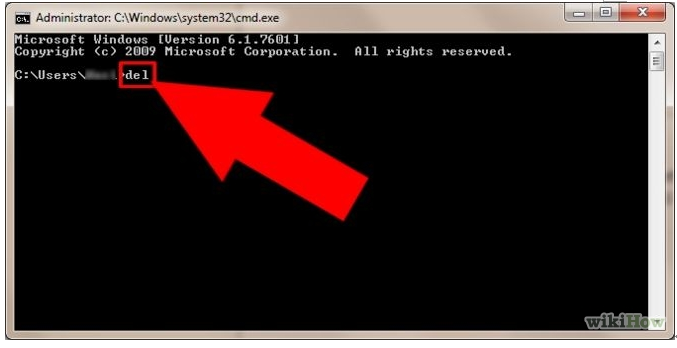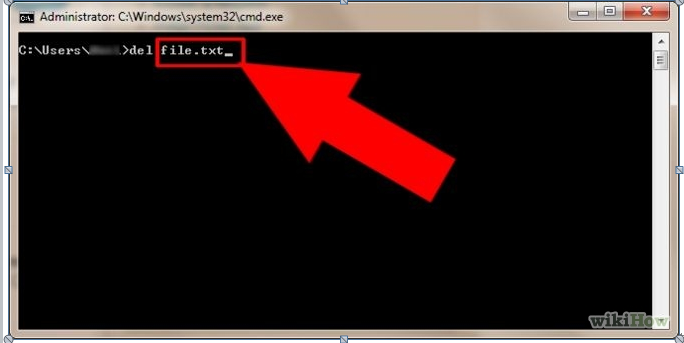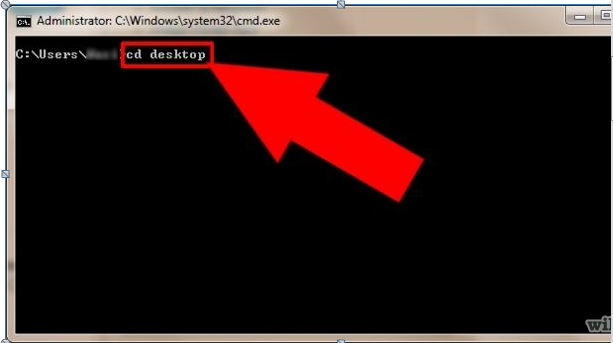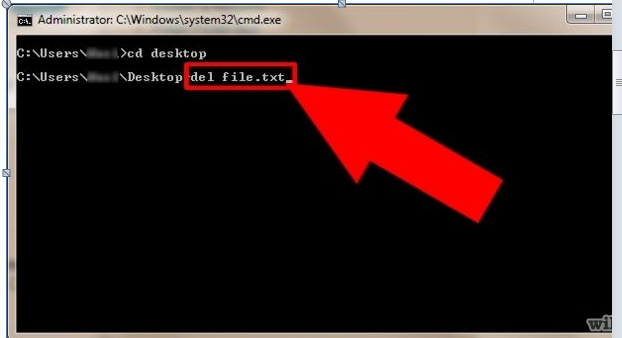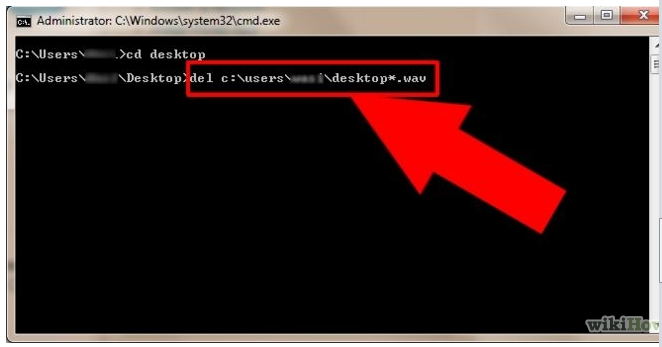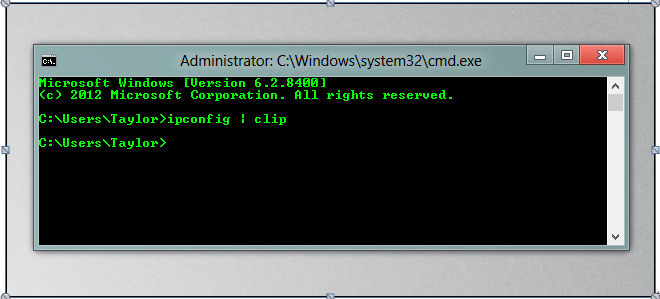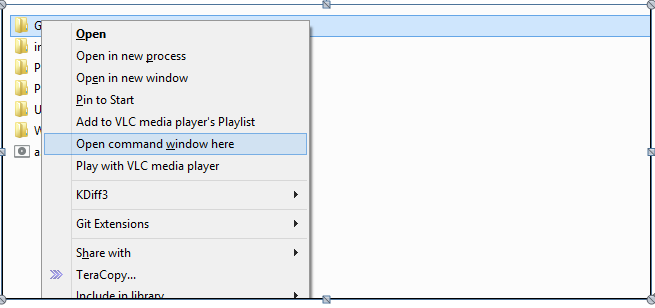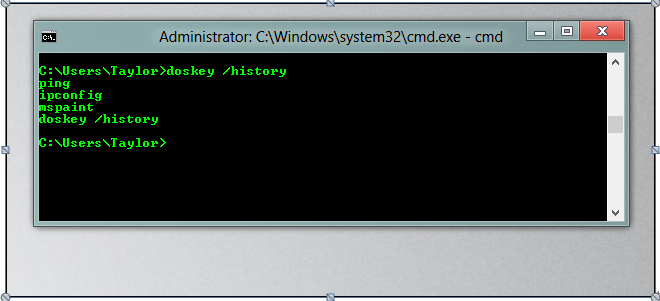- Part1. Advantages of Erasing Files Using the Command Line
- Part2. Deleting Files and Folders Using Command Prompt on Windows
- Part3. Deleting files/folders using command line on Mac
- Part4: Deleting a Directory as well as Files in it
- Part5: Tips and Tricks for Using cmd delete file
In regard to handling everyday tasks, the command line can turn out to be powerful as well as harmful. For instance, the rm command enables you to eliminate or delete files. The rmdir command works in the same manner for directories or folders.
However, you should be cautious because unlike when you transfer files from the Finder to the Trash, it is not possible to retrieve them if you utilize these commands. Still, in case you desire to make use of the Terminal’s powers, the cmd delete file is one command which you cannot ignore.
There are ways to include a safeguard to make sure that the only files you erase are truly the ones you want to delete.
Part1. Advantages of Erasing Files Using the Command Line
It is not complicated to delete files using the Finder and you are always able to recover files from Trash in case you have a change of mind. So why take the trouble of using the command line?
Below are a number of reasons to delete files Using Command Prompt and Command Line:
- By making use of wildcards, you are able to erase multiple files fast and effectively.
- You are able to retrieve files from the Trash when you come across immovable errors.
- It is possible for you to erase files which are concealed in the Finder; these are files which might have settings for specific apps or sections of OS X, which consist of a dot (.) in front of their names, which are not displayed by Finder.
- In case your Mac is faulty and you do not have access to the Finder anymore, you can utilize the command line for troubleshooting the issue.
Part2. Deleting Files and Folders Using Command Prompt on Windows
Are you aware it is possible to erase a file in Windows by making use of the Command Prompt? Below are some steps on how to go about it:
Steps
1. Begin from Start, and then proceed to All Programs, Accessories and finally Command Prompt. You can alternately access the run dialog (WinKey and R) and key in ‘cmd’ but not with the quotes.
2. Key in ‘del’ but omit the quotes.
3. Type the file’s name and the extension. In case you are presently in the directory which contains the file, you are ready to proceed. In case you are not aware what an extension file is, key in the file inside a kind of search box (this is determined by the computer you have and the kind of search available to you). Click on the right and find properties and it will be present on the key page. It will be the same as ‘C:/myfilename.ext.’
In case you are not in the appropriate directory, you can type ‘cd’ to the directory or key in the complete file path to be erased.
For instance, in case you want to erase ‘file.txt’ you need to key in ‘del file.txt.’ If the file is situated on the desktop, key in ‘C: /Users/username/Desktopfile.txt’ in case you are one directory on top.
4. DEL provides support for wildcards characters also, like asterisk (*). For instance, in case you desire to delete every file on your desktop which has .wav extension, you should type ‘del C:Users/username/Desktop/*.wav.’ Deleting
Part3. Deleting files/folders using command line on Mac
Erasing folders or directories varies a bit. If you attempt to operate the rm command on a folder, the message below will appear:
It is not possible for you to erase a directory utilizing the rm command. rmdir is a special command used to delete directories. Therefore, to erase a director called Archives, operate the command below:
rmdir Archives.
Part4: Deleting a Directory as well as Files in it
- The rm command provides a strong option (-R or –r) also referred to as the recursive option. After running the rm-R command on a directory, you are directing the Terminal to erase this folder, whatever files it has or sub-folders and any folders or files inside the sub-folders, all through.
- For instance, in case you possess a directory packed with archives which has files or directory, erasing every item one by one from the command line or Finder might consume a lengthy period. Therefore, simply operate the command as follows:
- rm-R Archives
- Keep in mind that this is a permanent decision. You can however, make use of the –flag for security.
- rm-iR Archives
- This will request you to verify the deletion of every item.
Part5: Tips and Tricks for Using cmd delete file
In case you are unable to empty your Mac’s trash, the rm – R command is useful. A file may be locked or you might not be permitted to erase one or multiple files. This may be irritating; however, you can make use of the command line to get a simple solution.
1. Type as shown underneath in Terminal
- rm-R
- Type in a space
- Open Trash in Finder and drag the items inside to Terminal Window. You will view one or multiple files with paths like /Users/.Trash/file.txt.
- In case many files are present, you might discover that the list which comes up is all on a single lengthy line, enveloping the Terminal Window. In case you are very certain you want to delete each of these items, click on Return. The Trash will be emptied by Terminal.
2. Send the Output of a Command to the Clipboard
You will simply send the output straightaway to the clipboard.
From a folder, open the command prompt
You might have attempted to open the command prompt and encountered a lot of cd commands trying to access a folder. The good news is that you can save lots of time by using Explorer to open a command prompt inside a folder. You just need to hold shift, click right on a folder and the context menu will present the option.
Command History
Most probably, you might have been tapping the up key to access your earlier commands; this can be tiresome if you are attempting to get a specific command. Another method you can use to see your earlier command is using the doskey command.
Doskey/history
If you lost data on your computer unfortunately, don't worry! You still have the chance to get lost data back. To recover files from computer, you can have a try the file recovery tool.

- Recover lost or deleted files, photos, audio, music, emails from any storage device effectively, safely and completely.
- Supports data recovery from recycle bin, hard drive, memory card, flash drive, digital camera and camcorders.
- Supports to recover data for sudden deletion, formatting, hard drive corruption, virus attack, system crash under different situations.
- Preview before recovery allows you to make a selective recovery.
- Supported OS: Windows 10/8/7/XP/Vista, Mac OS X (Mac OS X 10.6, 10.7 and 10.8, 10.9, 10.10 Yosemite, 10.10, 10.11 El Capitan, 10.12 Sierra) on iMac, MacBook, Mac Pro etc.
حذف / بازگردانی فایل
- فایل های پاک شده من +
- فایل های پاک دوم +
- بازگردانی فایل های من +
- بازگردانی فایل های دوم +
-
- جایگزین بازیابی فایل های پاک شده EASEUS
- بازیابی فایل های حذف شده از SHIFT
- لغو حذف تصادفی
- بازیابی تماس های حذف شده
- بازگردانی مک
- بازیابی پوشه های پاک شده
- برنامه های آندروید به بازیابی فایل های پاک
- سیستم بازگرداندن فایل های پاک
- بازیابی فایل های پاک از آندروید
- بازیابی عکس های پاک
- بازیابی فایل های پاک شده از سطل آشغال
- بازیابی پارتیشن های حذف شده
- بازیابی فایل های حذف شده در Dropbox
